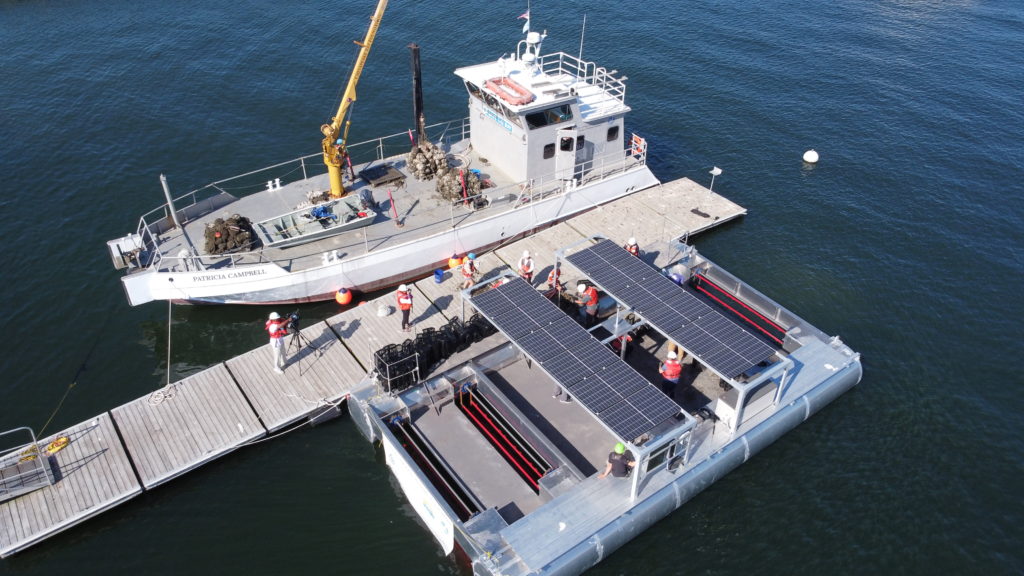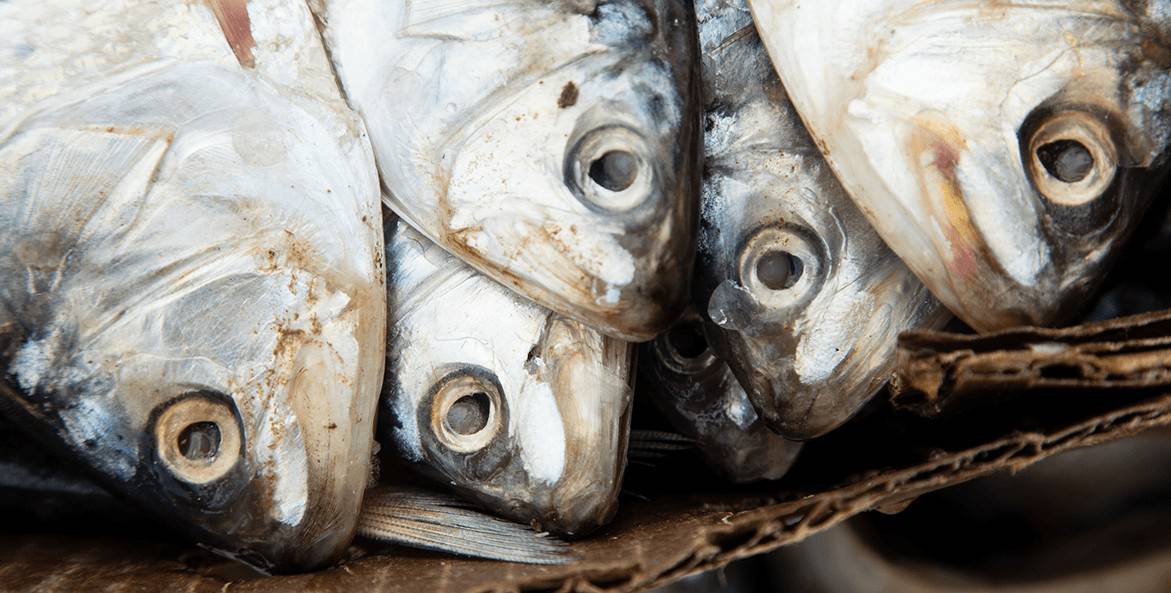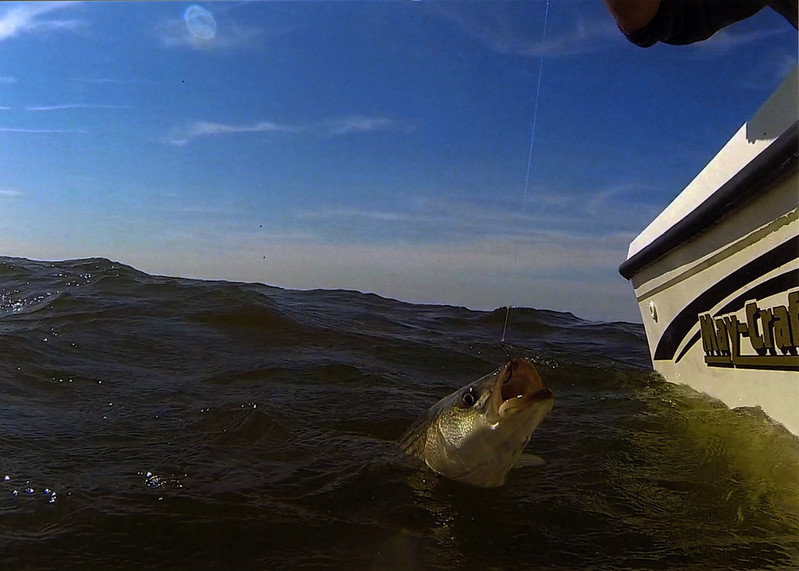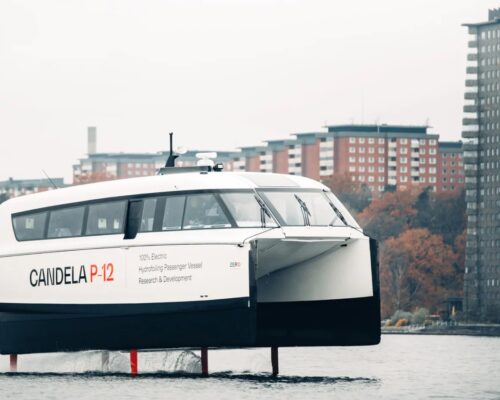Bay Bulletin first introduced you to the ingenious invention nearly a year ago: oyster growing platforms with auto-rotating cages that are powered by the sun. (Watch them in action in Cheryl Costello’s story.)
Now, the Solar Oysters, LLC system has reached a major milestone. The automated oyster-growing platform, located in the Baltimore harbor, was loaded up with its first spat-on-shell oysters this past week. Solar power rotates the large oyster cages to clean the baby oysters and help them grow over time.
With a $150,000 grant from the Abell Foundation, The Chesapeake Bay Foundation and Solar Oysters loaded 300,000 young oysters onto the platform to test the growing process. Once they are the right size, the oysters will be added to CBF’s sanctuary reef at Fort Carroll, near the Key Bridge on the Pastapsco River. There, protected bivalves filter the water of nitrogen and other pollution, improving water quality and the Bay’s health.
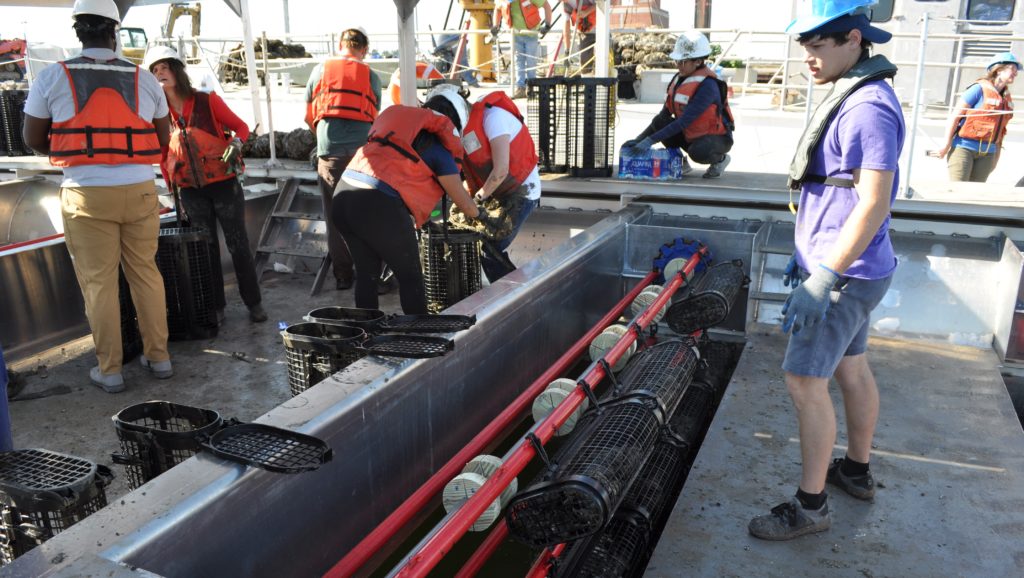
The addition of the platform-grown oysters will pick up the pace of restoration significantly, CBF says. “The number of oysters we’ll be putting on the Solar Oyster platform is equal to the number of oysters we raise each year with volunteers in the Harbor through our oyster gardening program,” said CBF Maryland Senior Scientist Doug Myers. “This effectively doubles the number of oysters we can put on the sanctuary reef each year. Those oysters will enable the reef to filter more water and provide additional habitat to fish, crabs, and other marine life.”
And the work carried out in the Baltimore Harbor has implications for the entire Chesapeake Bay.
“While benefiting Baltimore reefs, the lessons we learn here will inform our work as we look to expand to new sites and apply the technology to the oyster aquaculture industry. This technology could help reduce Maryland’s target nitrogen reduction shortfall (2009-2019), which the EPA has mandated that Maryland must advance by 2025 to remain on target,” says Solar Oysters Business Manager Stephen Pattison.
Solar Oysters was a joint venture by manufacturer Maritime Applied Physics Corporation and aquaculture expert the EcoLogix Group, which participated in the F3 Tech Accelorator Program and is supported by a a Maryland Industrial Partnership grant from the University of Maryland Center for Environmental Science.
-Meg Walburn Viviano

